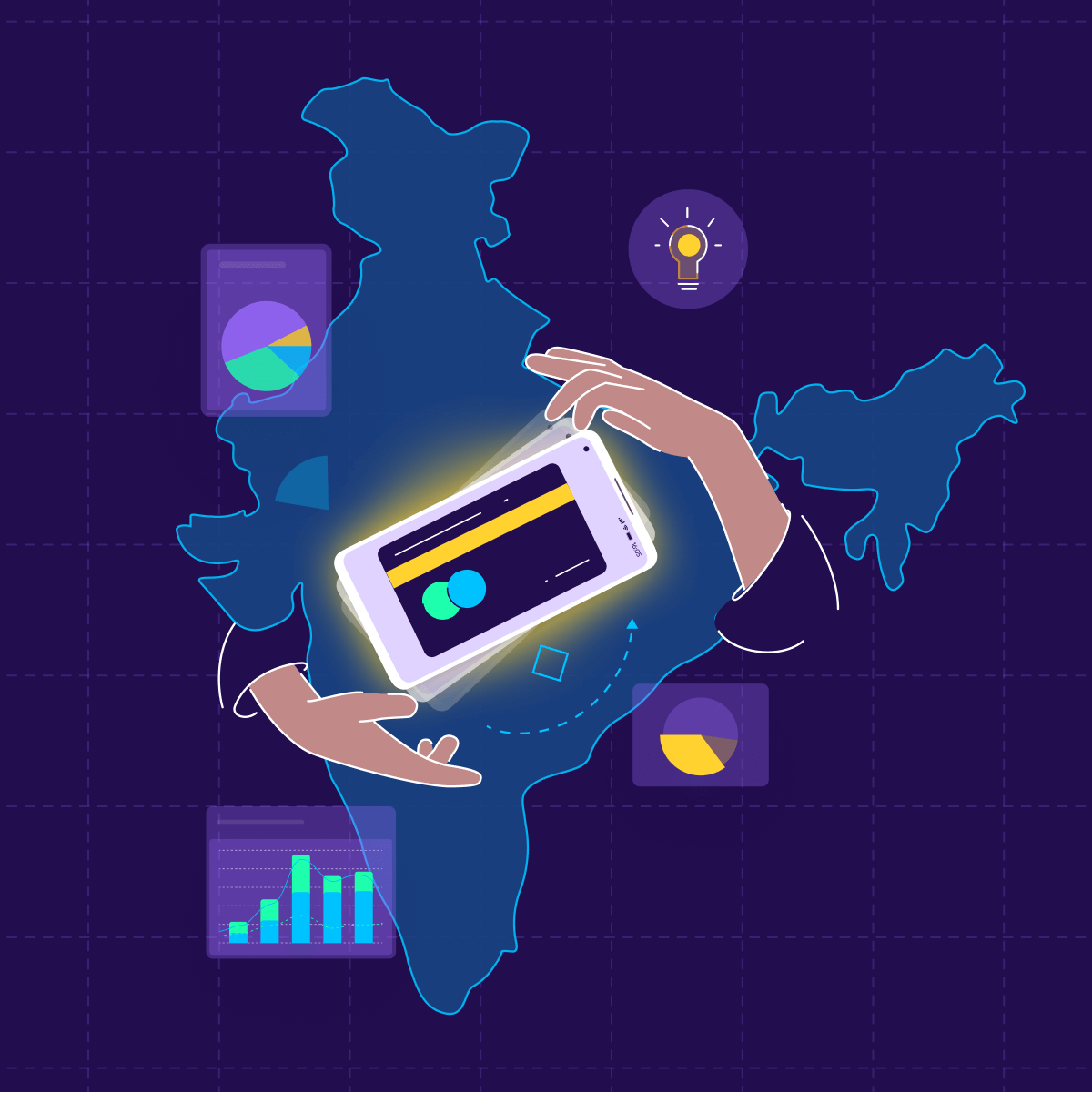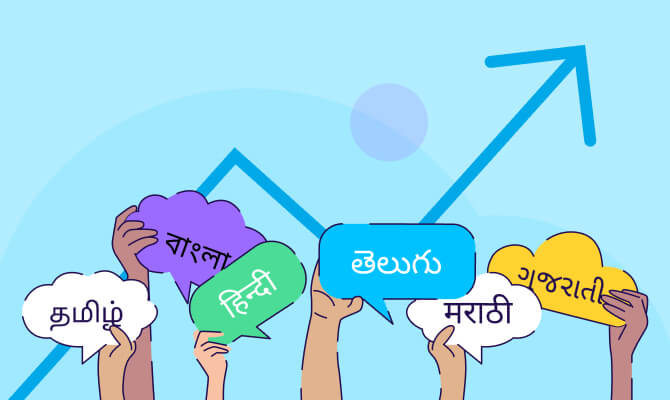
How innovation in Fintech is changing the way India invests

In October 2021, the UPI transaction value in India crossed $100 billion for the first time. While the festive season was a significant factor, the value of transactions has seen a steady uptick, growing month-on-month for several months now.
Interestingly, a majority of transactions via UPI are conducted not by banks but by Fintech companies such as PhonePe, Paytm, and BharatPe.
Fintech companies in India have been riding a massive growth wave spurred not only by the COVID-19 pandemic but also by factors such as demonetization, the growing proliferation of digital devices, and easier access to the Internet.
A March 2020 report by Research and Markets found that India accounted for the highest Fintech adoption rate amongst global emerging markets, growing at a whopping 87 percent even pre-pandemic.
As per a report by Boston Consulting Group and FICCI titled ‘India Fintech: A USD 100 Billion Opportunity,’ the valuation of India’s Fintech sector is expected to touch USD 150-160 billion by 2025.
While there is a massive opportunity for Fintech companies in India to scale up and meet the growing demand, they also need to be agile and constantly evolve to meet the needs of a dynamic market with ever-changing user expectations.
The presence of an open ecosystem and lower barriers to entry mean that new competitors enter the fray every day. Over 67 percent of India’s 2,100+ Fintech companies have been launched in the last five years.
India has leapfrogged to a new era of innovation in the finance sector. And as the competitive landscape is becoming fiercer, we’re witnessing specific distinct trends among Fintech companies, which has changed how India invests:
Innovation in payments ecosystem

While UPI has been the biggest game-changer in shaping India’s payments ecosystem, we are also seeing the emergence of innovations such as ‘Buy now, pay later’ models and voice-enabled payments.
For instance, apps such as Lazy Pay, Simpl, and Quicklo offer loans or EMI-based payment options. The National Payment Corporation of India (NPCI), which developed the UPI app, is also testing a voice-based payment service. This is a first-of-its-kind solution for feature phones.
Growing reach through vernacular content

While English and Hindi are considered ‘official languages’ in India, the country is home to several hundred languages that are spoken widely.
Therefore, Fintech companies have been trying to differentiate themselves and broaden their reach by launching their services in local languages. In December 2020, PhonePe announced the capability of the business app to alert merchants about payments in over nine Indian languages.
Paytm, too, offers over ten languages, while Khatabook is available in over 13 languages – including Hindi, English, Tamil, Telugu, Kannada, Bengali, Assamese, and Marathi. Several other Fintech companies, too, are now following suit.
Growing AI adoption

Fintech companies are increasingly investing in Artificial Intelligence-based technologies (AI) such as advanced analytics and Natural Language Processing (NLP), in order to decode behavioral patterns and achieve the required scale for growth.
Chatbots are ever more commonplace both in personal investments and the overall financial space. A couple of examples would be HDFC bank’s Eva and ICICI Bank’s iPal, both providing conversational banking experience to customers.
Proving Eva’s efficiency as a customer acquisition tool, HDFC bank has managed to acquire new customers via this platform, out of which 25 percent were non-HDFC bank customers.
Gamification for driving usage

As competition heats up in the Fintech ecosystem, companies need to find new ways to engage users and keep them coming back.
Gamification of the payment and investment experience has proved extremely popular – whether through scratch cards by points offered by various merchant websites.
Fintech companies are exploring newer gamification techniques such as in-app games, leader boards, and partnership-based rewards.
An excellent example is how BharatPe leverages India’s love for cricket with the ‘Runs Banao Rewards Pao’ program. The more people transact, the more points they score, which can be redeemed for cricketing merchandise.
APIs for seamless integration

While the Fintech ecosystem is highly fragmented, API integrations have ensured that apps can talk to each other to deliver a better end-user experience.
For instance, Niyo Bharat, which offers digital banking solutions, has partnered with the mobile trading app 5paisa to enable account opening within their ecosystem.
INDWealth, a new-age wealth management app, allows users to link their accounts and bring them to one place. Similarly, API handshakes allow Instapay to offer B2B banking.
The rise of the open ecosystem has made it possible for these Fintech companies to create frictionless experiences to delight their customers.
Final words
As the Fintech ecosystem evolves, the ability to keep an ear to the ground and understand consumers’ behaviors, goals, and motivations will be of utmost significance.
While competition does foster innovation, the ultimate winners from this contest will be the customers. New technologies are being introduced via building own IP and through partnerships with other players in the Fintech ecosystem.
India is a unique chapter in the Fintech growth story as new Fintech companies, traditional financial institutions, and policymakers have come together to chart India’s path. And this lays the collaborative groundwork needed to ensure that India achieves new heights and sustained growth in this sector.




